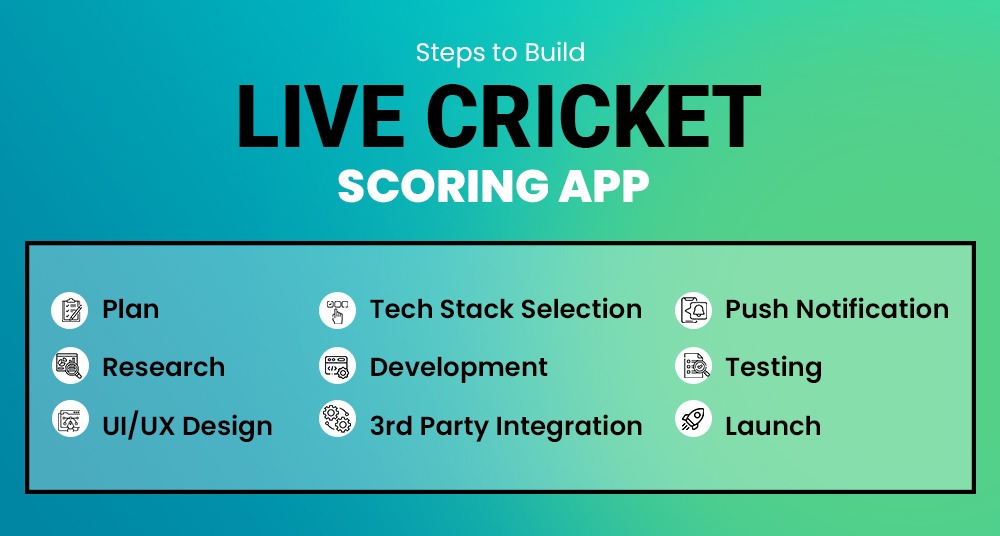Table of Contents
Evening threads feel calmer when a live scoreboard behaves like a steady instrument and every shared link lands users on the same map. For audiences that arrive through techsslassh.com, the goal is simple: a readable phone surface, predictable labels, and a link flow that respects busy rooms. A small amount of setup work pays off through the whole night – numerals stay sharp under warm bulbs, cues appear where thumbs already go, and the wrap-up finishes on one screen without a hunt. With a stable baseline in place, match context slides between chats and browsers without fragmenting attention, so messages keep moving while overs do their work in the background.
Phone Setup That Travels Between Apps
A durable baseline starts with what the room actually sees. High-contrast dark mode holds score digits and thin fonts when lighting shifts between kitchen and sofa. Brightness should sit at a steady mid-high level to avoid PWM shimmer in photos, while a relaxed auto-lock window prevents wake taps during overs. Keep strike rate, balls remaining, and wickets in hand in one field of view, because eye travel collapses when notifications arrive. Quiet banners with precise copy beat tones in shared spaces. If a TV runs nearby, align the phone’s scoreboard cadence with the broadcast to avoid second-guessing when replays land a few beats late.
Coordination improves when captions echo on-screen language. Before the toss, confirm where powerplay, middle, and death labels live, how reviews display, and where innings breaks are posted. A neutral hub that mirrors common labels creates a single source of truth for friends joining mid-match. For a consistent baseline that locks vocabulary and placement, open the live view and read more at the same source before the first over – this sets terms and screen zones once, so the next tap feels like a continuation rather than a search.
Reading Overs With Two Durable Signals
Tempo fits inside repeatable windows when the phone surface stays tidy. Powerplay overs reveal swing hints, seam length, and ring fields that either choke singles or gift them freely. Middle overs turn on rotation quality and matchups against spin, where clusters of dots raise quiet pressure across five or six deliveries. Death overs compress judgment into seconds, with yorker depth, slower-ball disguise, and boundary protection around long-on and long-off deciding whether a chase breathes or stalls. Two compact metrics travel especially well on small screens. Balls-per-boundary shows whether hitters are piercing gaps or getting stuck, while dot-ball rate exposes where momentum leaks begin. Required versus current rate informs only when viewed beside wickets in hand, because tolerance for risk collapses as depth thins late.
Latency and Sync Without Drama
Latency bends perception when broadcast delay, device throttling, and network variance desynchronize scoreboard, commentary, and replay. A procedural fix beats a settings hunt. Treat the scoreboard as ground truth for state changes, then pair it with one corroborating cue: wickets in hand next to required rate, or balls-per-boundary aligned with field spread. If numbers disagree for a moment, wait a beat for reconciliation before posting updates or making edits. That breath preserves clarity in the thread and prevents retroactive corrections that clutter archives. Quiet haptics for “over start” or “result posted” help timing without taking over the room, so captions arrive as continuity rather than noise.
A Short Checklist for Link Hygiene
Link workflows travel better when prep happens once. One pass before the first ball reduces friction for the rest of the session, then the list can disappear until a phase change or an innings break. The aim is a path that survives noisy rooms, mixed devices, and shifting light without re-explaining steps every over.
- Screen hygiene set – dark mode, steady brightness, relaxed auto-lock during innings.
- Match cues pinned where eyes rest – balls-per-boundary, dot-ball rate, wickets in hand.
- One recap view bookmarked for the break, so navigation stays predictable.
- Chat previews muted with badges on to avoid stacked cards on older phones.
- Storage headroom confirmed for milestone screenshots and short clips.
Payments and Limits That Respect Shared Spaces
Money movement reads best when it behaves like a timetable, so expectations stay steady across threads. Deposit windows belong in the cashier and should be written in hours or business days. Withdrawal caps and daily ceilings must sit beside the amount field at the moment decisions happen, not on a separate help page. A compact receipt – amount, rail, reference ID, and local timestamp – turns reconciliation into a sofa task rather than a support chain. Ledger views that separate deposits, bonuses, adjustments, and cash-outs make end-week review, a two-minute pass. Email subjects that mirror on-screen actions keep shared inboxes polite, and this language discipline also helps when screenshots travel between chats.
Close On Time, Open Lighter Tomorrow
Clean endings protect attention for the next day. Choose a posted checkpoint – innings break, target reached, or a timer set during setup – and stop there instead of relying on mood. Submit one request inside limits and save the reference line, then confirm that recap, ledger, and balance tell the same story on a single screen. File one context capture that matters: the over that flipped pace, the partnership that throttled boundaries, or the field change that cooled scoring.
